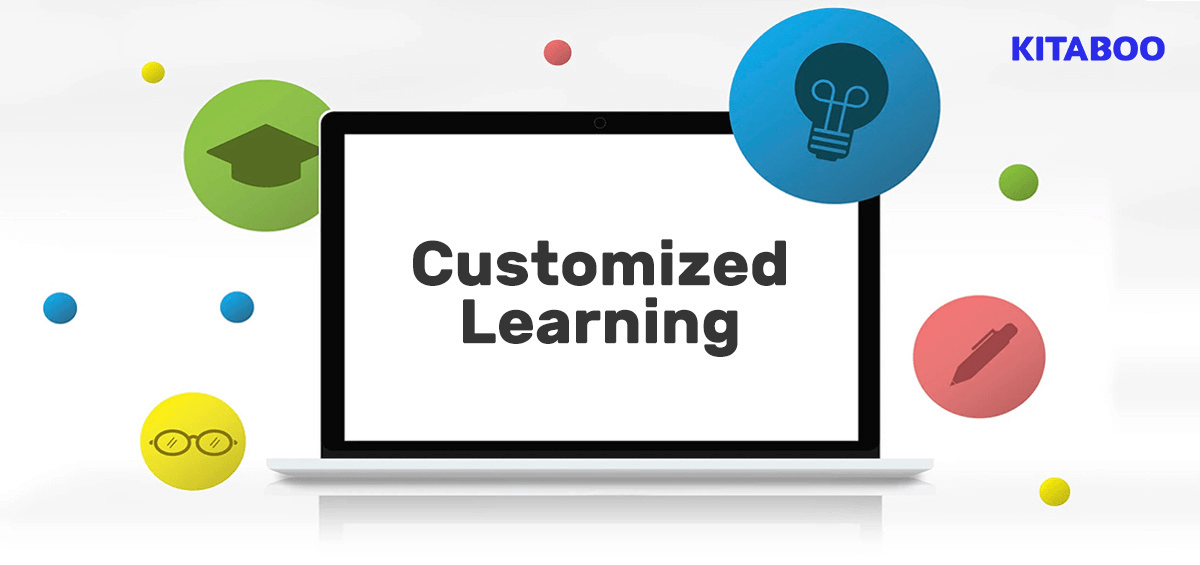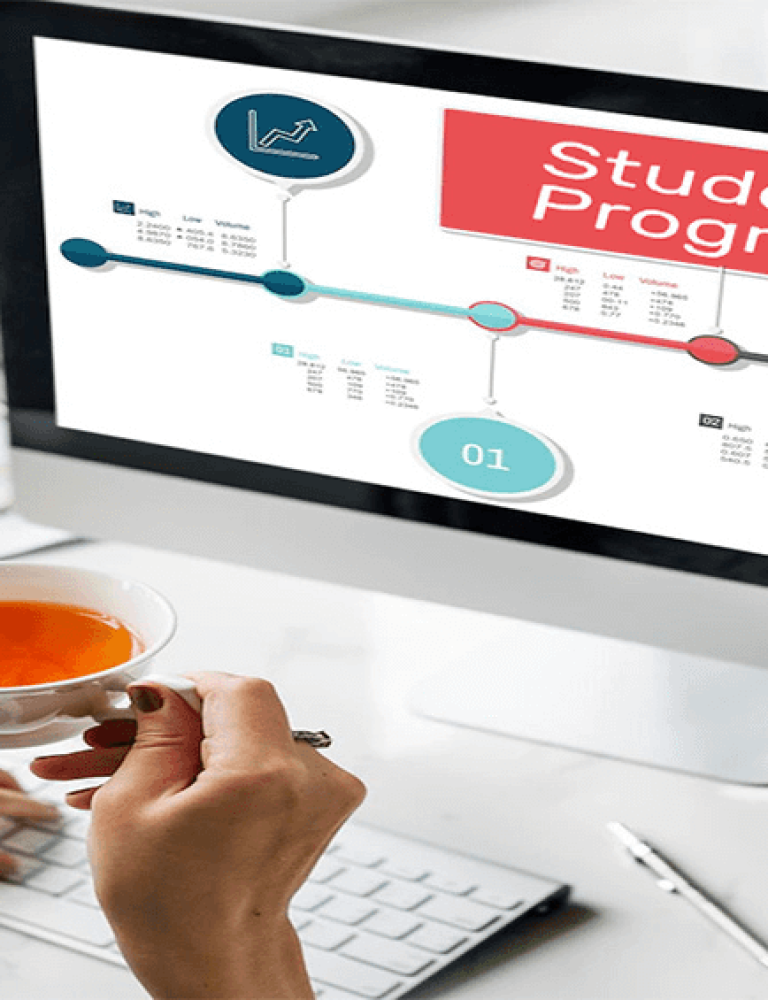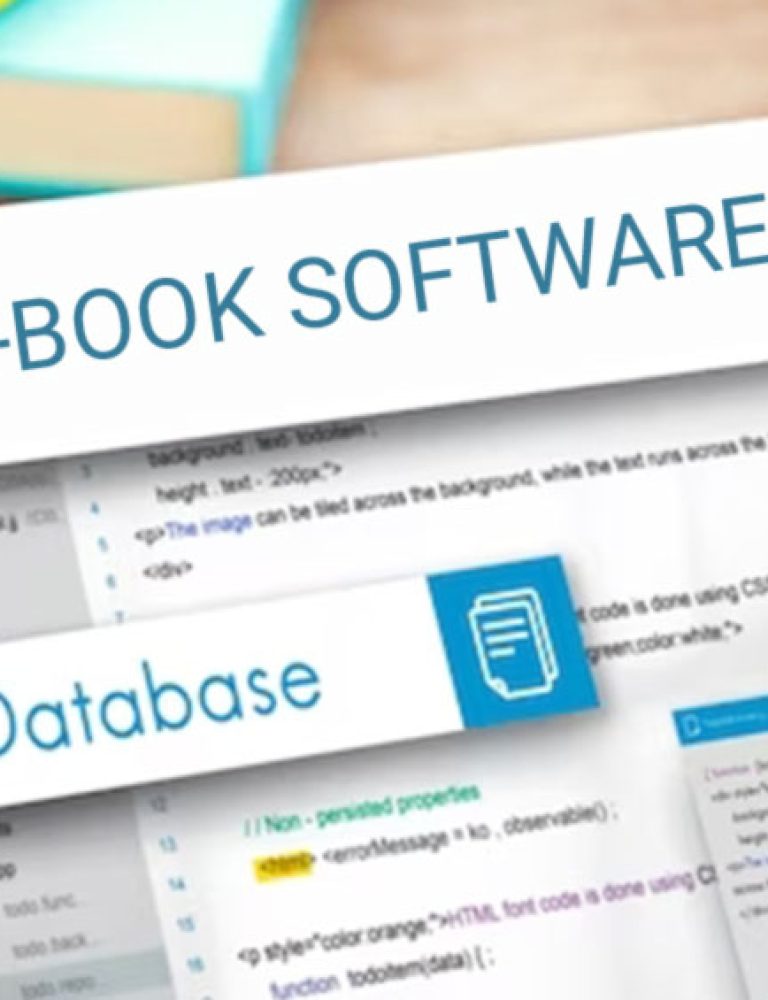Customization. It’s a term that’s been tossed around a lot recently, as the benefits of adopting products and services to our specific requirements are continuously reinforced. But what if we went a step further and added it to school curriculums?
Isn’t the future of education saturated with technological advances?
What if we add a digital textbook platform to the mix?
Yes, customized learning is a much-needed advancement and will only grow from here. Tailoring education opens doors by putting students in control of information, allowing them to move at their own pace―and making schools and teachers more responsive.
Learn how to showcase it, along with strategies and tools used.
Table of Contents
I. Overview of Customized Learning
II. Illustration of Customized Learning in Education
III. Different Learning Modes Adapted and Customized to Student Aspirations
Overview of Customized Learning
Due to the advent of technology, we can now access knowledge from any location at any time, making learning more dynamic and personalized. It is important to understand how this trend impacts traditional classroom instruction and how it might help students.
A potent strategy for helping students increase their knowledge and improve their learning results is customized learning. It might be used to provide students with material that is more pertinent, interesting, and linked to what they are currently learning.
Variations and key factors include:
- Preference to on-the-go class modules
- Customized curriculum and feedback
- Assistive and Adaptable teaching style
- Engaging and Need-based content delivery mechanisms
Illustration of Customized Learning in Education
This kind of instruction focuses on identifying the needs of the child and then helping them to fulfill those needs.
It entails adapting teaching strategies to each student’s particular requirements and aptitudes, taking into account not just their academic but also their social and emotional demands.
- Working on grammar and vocabulary with an adaptive platform that gives personalized feedback and custom suggestions depending on each student’s progress
- Reading biographies of eminent personalities to delve further into different historical periods
- Mastering mathematical concepts while having fun by playing a game that teaches fundamentals
- Teachers can use online learning-based models by incorporating the use of messengers and social media tools to make the sessions more interactive and engaging
- Online communities and discussion forums can be set up to evaluate the student’s knowledge and understanding of various topics
- Methods like bite-sized content in the form of podcasts, videos, and sound bytes can be adopted to improve the learning outcomes further and make it interesting in the process
Different Learning Modes Adapted and Customized to Student Aspirations
Every learning model in the comprehensive plan of the education system deserves the limelight when customization is at the core of the design.
There are different types of methods that can employ customized learning and benefit both educators and learners alike as a community:
Distinctive Teaching
Using explicit tactics such as teaching small groups at a time and varied activities to adapt education to fit the needs of all learners.
Teachers provide more scaffolded teaching for students who require more assistance. They also provide more autonomous work for students ready for it and additional resources for students who may want additional information to grasp ideas or finish tasks.
Scholastic Mentoring
One-on-one tutoring with a teacher or another mentor assists pupils in developing study skills and improving their understanding of topics. Determine the particular skill gaps for each student.
Reading comprehension, writing abilities, math ideas, and even time management can all be affected by these gaps. Then, develop a curriculum that focuses primarily on those areas of need.
Learner Centric
It is built on the belief that students will be better successful in school and college if they are actively involved in their learning. Project-based learning (PBL) uses real-world situations or problems as the basis for learning.
Inquiry-based learning (IBL) allows students to develop their own questions about topics they want to investigate and hands-on activities that help students connect what they read with what they see in the world around them.
Study Modalities
Some people prefer auditory (hearing) learning, while others prefer visual (seeing), and yet others prefer kinesthetic (doing). Some people appreciate all three types of learning approaches equally, while others favor one over the other two.
Teachers should prepare lessons and activities with their students’ preferences in mind. This is to ensure that all students receive effective education regardless of their learning styles.
5 Tips on Tailoring Learnings for Students in Education
Students come to school with different backgrounds, interests, and needs. It is important to find ways to engage each student and help them develop their unique abilities. This will help them achieve success in school and later on in life.
Here are some tips for tailoring education:
- Understand your students’ interests. Find out what they like doing outside of school and use that as a starting point for engaging them in learning activities inside the classroom. You can also ask them what they want to learn about or what they hope they will learn during class time.
- Ask questions throughout class time so students feel free to speak up when they have something interesting or important to say. Asking questions is one way you can get students talking and thinking about topics that matter most to them.
- Allow students to control what they will study next so they are driven by their interests rather than being forced to learn about something that does not engage their minds.
- Determine the duration it will take them to master each skill, behavior, or notion. This will assist you in determining how many lessons are required and how long each lesson should last.
- Analyze what resources are available and needed for each lesson plan in order to provide a successful learning experience for each student.
Also Read: Switching to ePublishing
KITABOO - The Ultimate eLearning Solution
Technology for online learning is developing quickly. When it comes to eLearning, there are many alternatives to consider, but KITABOO, the digital textbook platform has been able to stand out by providing the best of both worlds. This platform enables educators to design engaging classes that are accessible to students around the clock.
Three pillars form the foundation of this customized education system plan:
- Personalization – The curriculum is customized to meet the requirements and objectives of each student, enabling them to accomplish their objectives more quickly and effectively.
- Blended learning- It enables students to learn at their speed and from any location at any time. It combines online and offline learning.
- Flexibility – To ensure that students are constantly ready for any scenario or issue they may face in the future, the curriculum adjusts to changes in the market.
Contact our expert team now and get started!
To know more, please write to us at KITABOO@hurix.com.
Suggested Reads:
Discover How An Ebook Conversion, Publishing & Distribution Platform Can Help You
Kitaboo is a cloud-based content platform to create-publish & securely distribute interactive mobile-ready ebooks.
You May Also Like









